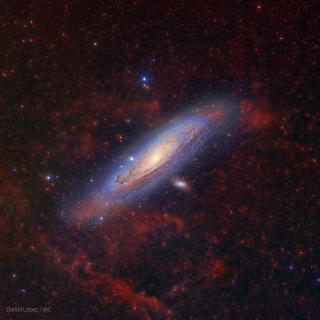
At the beginning of last year, the newly released Astrograph STC (Sky Treasure Chest) of the Unit of Communication and Scientific Culture of the Canary Islands Institute of Astrophysics (IAC) captured the Andromeda Galaxy (M31).
This section includes scientific and technological news from the IAC and its Observatories, as well as press releases on scientific and technological results, astronomical events, educational projects, outreach activities and institutional events.

At the beginning of last year, the newly released Astrograph STC (Sky Treasure Chest) of the Unit of Communication and Scientific Culture of the Canary Islands Institute of Astrophysics (IAC) captured the Andromeda Galaxy (M31).
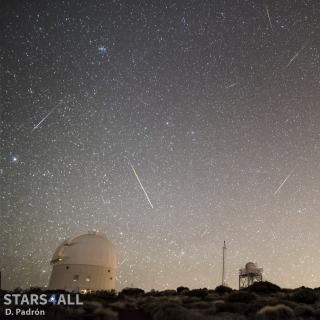
This astronomical event will be broadcast live and via the sky-live.tv channel during the small hours of January 4th, with the collaboration of the European STARS4ALL project. This first meteor shower of the year may bring us spectacular images.
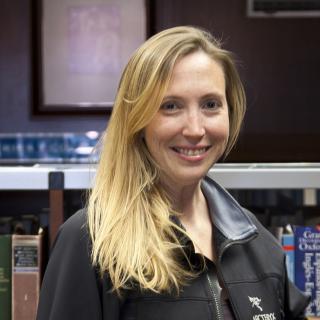
Cuando era una niña, Caitlin Casey acudía al planetario de su escuela con mucha frecuencia, fascinada por los objetos celestes que allí podía descubrir. Años después, ya como profesora de Astronomía en la Universidad de Texas, Austin (EEUU), confiesa que su pasión por esta ciencia nació en esa época y hoy disfruta enseñándola e investigando sus temas predilectos: las galaxias más masivas y luminosas del Universo, unos objetos tan extremos y complejos que suponen un reto a la hora de hacer simulaciones cosmológicas. Utilizando observaciones submilimétricas, se propone conocer cómo estas
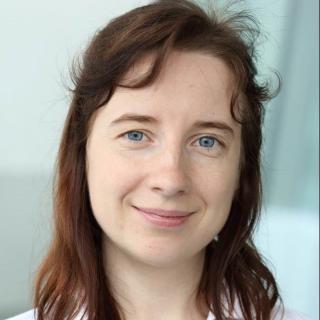
Maria Bergemann, astrophysicist at the Max Planck Institute for Astronomy in Heidelberg (Germany), is one of the invited professors at the XXIX Canary Islands Winter School of Astrophysics organized by the Instituto de Astrofísica de Canarias (IAC) in collaboration with the University of La Laguna (ULL). Her classes will be about a very specific type of stars, which are characterized by their temperature, called "late-type stars" and the phenomena and physics that govern them, as well as the challenges posed by these stars from the point of view radiative transport, main topic of the School
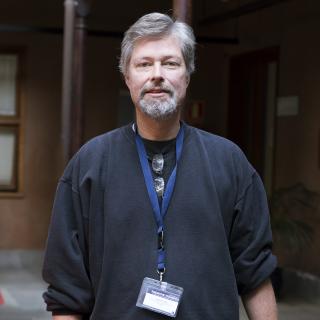
His interest about the radiative transfer began in a lecture about "Stellar Atmospheres" he attended when he was studying his Physics degree. He was previously interested in particle physics but he liked the approach of quantitative spectroscopy which connects theory and observations and he wrote his Diploma thesis on radiative transfer in expanding atmospheres. Nowadays, Jo(achim) Puls is professor and researcher in the Universitätssternwarte der LMU München, where he works with his team investigating about radiative transfer in early-type stars and related problems, with many international
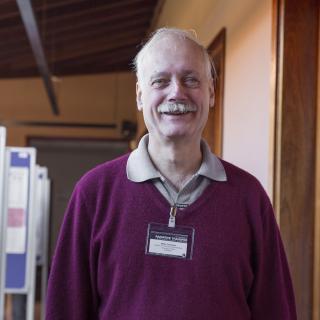
Professor at the Institute of Theoretical Astrophysics at the University of Oslo (Norway) and director of the center of excellence "Rosseland Center for Solar Physics", Mats Carlsson uses computer simulations to manage giant amounts of data in order to shed light about his field of study: stellar atmospheres codes. In the XXIX Canary Islands Winter School of Astrophysics, organized by the Instituto de Astrofísica de Canarias (IAC) this year, Carlsson will explain how to obtain information about the light that escapes from steller atmospheres and other issues related to radiative transfer.